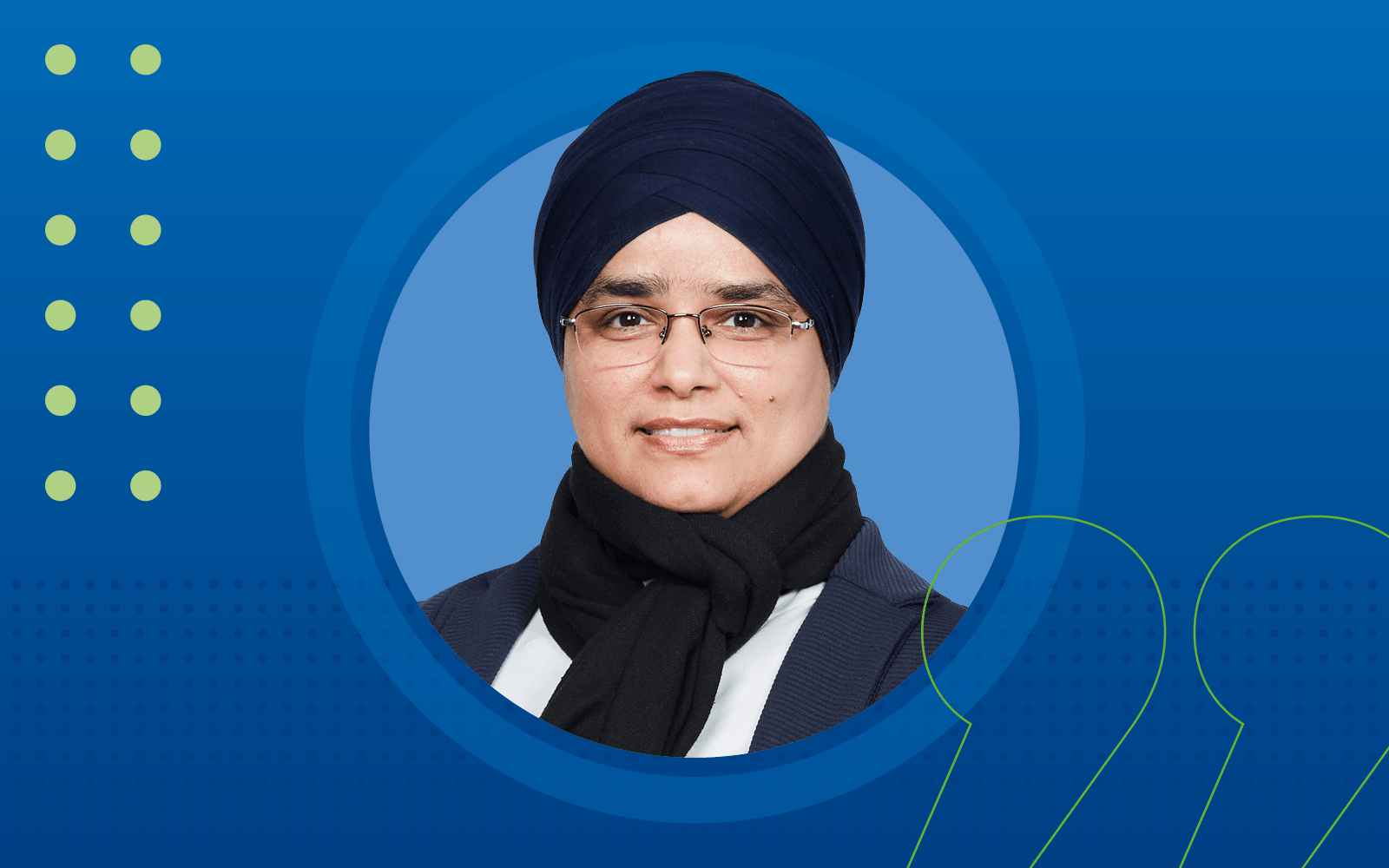Gursharan Kaur, one of our Senior Managers in the NECS Consultancy team, tells us the history behind the Sikh celebration of Vaisakhi, how her and her family celebrated this event at the weekend and encourages colleagues to take part in acts of kindness through NECS’ volunteer days.
“During the weekend of 13/14 April, all Sikhs around the whole world celebrated Vaisakhi. This event marks the start of the Sikh new year, and the traditional crop harvesting season also starts around this time in Punjab.
“In April 1699, the tenth Guru (teacher), Guru Gobind Singh ji whilst holding his big kirpan (ceremonial sword) called upon the large congregation and asked if anyone would sacrifice themselves for their faith. One person found the courage to come forward and the Guru struck his head off and took him inside the tent. Subsequently, he called for four more sacrifices and every single man who responded to the call of the duty had their heads struck off before being taken inside the tent. The crowds grew confused and uneasy. However, a few minutes later, all five men re-appeared with Guru Gobind Singh ji and they were called the Panj Pyarei (five Beloved Ones).
“What happened inside that tent was a miracle. The Guru prepared the Amrit (sweet ambrosial nectar) while reciting baani (prayers) and bestowed the five Sikhs with Amrit-di-daat and called them his beloved Panj Pyaarei. In return, the Guru asked if they would also bestow the Amrit on him. The Panj bravely asked, we have offered our heads to you, what could the Guru offer them? The Guru humbly replied; “I offer you my whole family”. The Panj blessed the Guru with Amrit. The kurbaani (sacrifice) of the Guru’s family is written in golden words in the Sikh history. His father, the ninth Guru, Guru Tegh Bahadur ji, gave up his life to protect the Hindu kings. His sons were shaheed (martyrs) in Chamkaur and Fatehgarh Sahib (they did not agree to convert their faith) and Mata Gujri ji (his mother) also became shaheed at Fatehgarh Sahib. The Guru taught the Sikhs how to keep their word, once given and protect those in need.
“Gurdwaras (a place of assembly and worship) across the globe held Akhand Paaths (continuous reading of the Guru Granth Sahib ji, the eternal Living Guru). In some areas, Nagar Kirtans (street processions) were held for the local congregation to come together and sing praises of the Almighty Vaheguru (God). A wide range of stalls could be seen along the Nagar Kirtan route, including food, non-alcoholic drinks, Sikhi-based products and service offers.
“My family celebrated by going to the Gurdwara, doing seva (selfless service), giving each other presents, and making donations to help people in need. Every year, Vaisakhi offers me a reflection time and space to remember the sacrifices made by our ancestors and Gurus for the greater good in the world. It is a reminder to continue to embody the Sikh values of Seva (selfless service), Simran (meditation) and Sangat (spending time in the company of holy), to help people, offer time and money in seva (volunteer) initiatives, and teach my children how Sikhi is a practical way of life.
“Vaisakhi and other Sikh festivals also serve us a reminder of engaging in random acts of kindness and selfless Seva (volunteering). It is great to see a greater focus on CSR across the NHS now and the Volunteering Day opportunity we have in NECS. I would encourage my colleagues to embrace this opportunity to spend a day helping out at a local charity, organisation or a cause as a team. It is a wonderful way to connect with your colleagues and give your time and energy back to society at large in-return.
“Happy Vaisakhi from my family to yours.”


